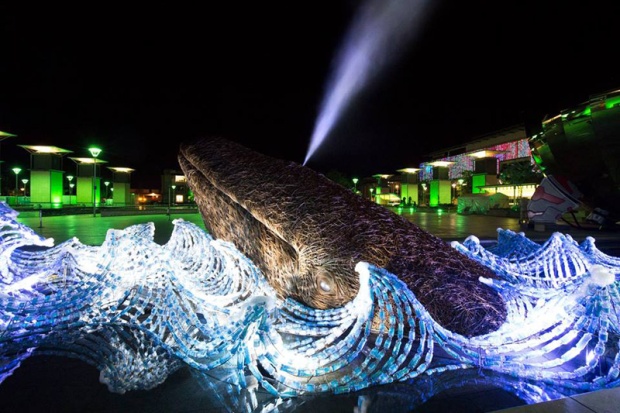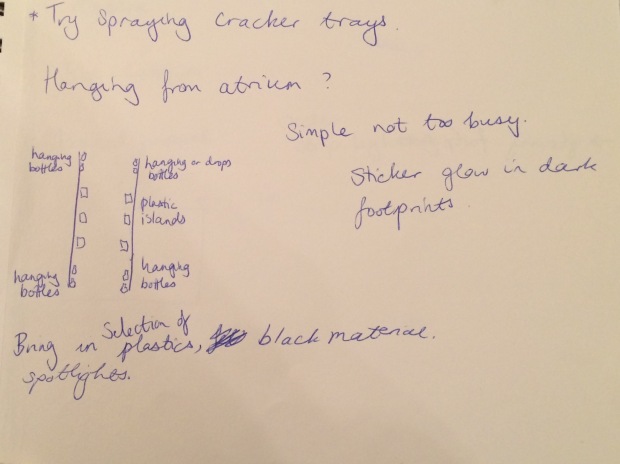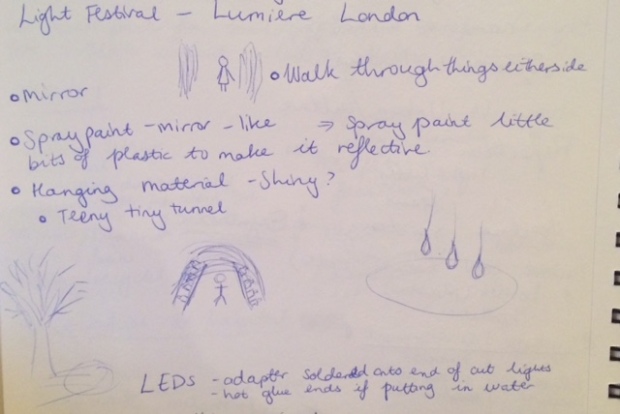As we needed to source a huge amount of bottles to make up the sculpture, we headed to the recycle center to see if we could gather plastics from there. Even though we have been researching and know that society consumes plastics in enormous quantities, it had quite an impact seeing this for ourselves.
The share amount of plastic that we consume for just a small city is overwhelming, and this is only the plastics that are recycled, not counting what gets put in the rubbish.
The photo above only features a small amount of the plastics, these stacks of bound and squashed plastics goes for nearly a whole block concealed behind industrial buildings! After our second trip out to the recycling center to collect bottles for our wave, it dawned on us just how many we will have to collect. We brought back a large black rubbish bag full but after washing them all we counted just 71 and they only took up the space two small tables when on the ground side by side!
Images are our own.
















































